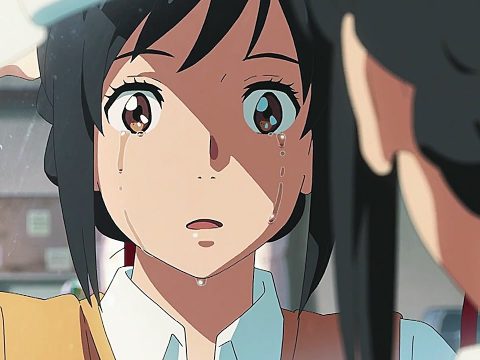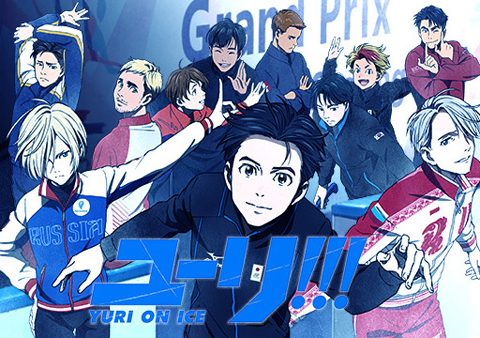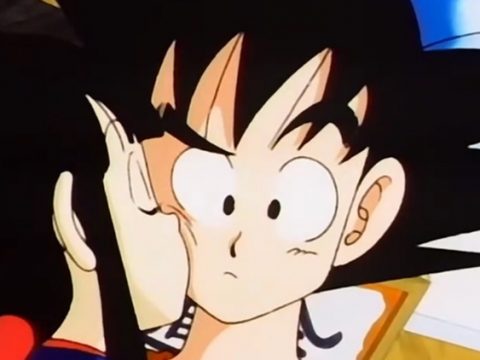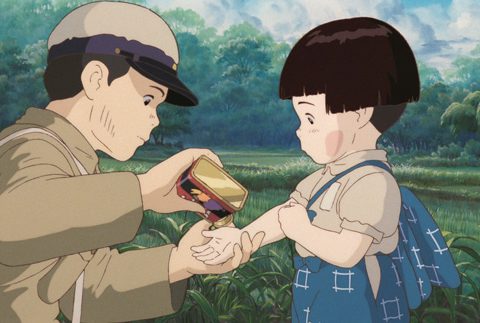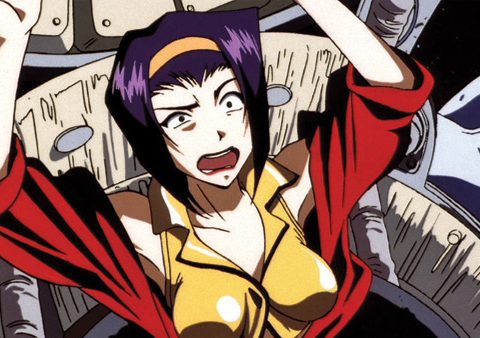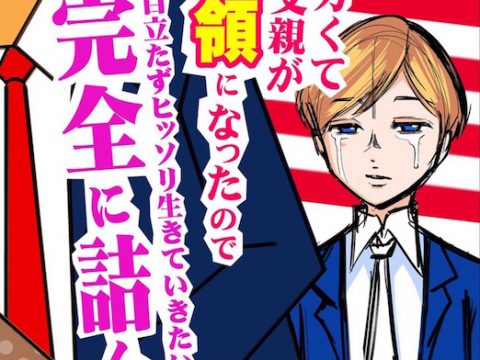
In the mid-1990s, the manga anthology Weekly Shonen Jump was at the zenith of its success in Japan, with a per-issue circulation of over 6 million. This astonishing prosperity came during a time
when Dragon Ball was concluding—before Naruto and Bleach existed. Eiichiro Oda, who years later would create One Piece, was still an assistant. But at least he was an assistant on the flagship property of Shonen Jump during this era, which happens to be the first shonen action-adventure series I ever saw in full: the historical fiction Rurouni Kenshin, by Nobuhiro Watsuki.

Although loosely inspired by real people and events, don’t expect much historical accuracy here. In the early days of the Meiji era (late 1870s), the age of the samurai is near its end. Yet one wandering swordsman, Kenshin Himura, still carries a katana. Once the most feared assassin during the civil war—which, like every major event in anime, happened “10 years ago”—Kenshin has vowed to never take another human
life in an effort to atone for his past. As such, the sword he wields has a reversed edge such that it cannot cut. No, it just presumably crushes every organ in the body on account that
Kenshin swings it faster than freaking SOUND, but this is anime
so people survive that.
Rurouni Kenshin just may be the most perfect example of “neo-shonen,” appealing to both hack-and-slash and slash-and-slash fans alike. I credit former Shonen Jump editor-in-chief Nobuhiko Horie, arguably the architect of “neo-shonen,” which deliberately caters to girls as well as boys. The character designs are “pretty” enough for the ladies, but not so much that guys find them too “girly”… hopefully. Two of Kenshin’s opponents, Aoshi and Sojiro, rank highly in character polls even though Aoshi wins no meaningful fights and Sojiro is a kid. But Aoshi looks like a CLAMP character wearing Gambit’s coat, and Sojiro smiles no matter how badly he’s abused. That stuff is fujoshi catnip. Consider this: the previous hit Shonen Jump samurai manga concluded shortly before Rurouni Kenshin began, and despite being partially released in America, you’ve probably never heard of it: Hana no Keiji, featuring art by Fist of the North Star’s Tetsuo Hara. Though 18 volumes of muscular guys dismembering foes make for an AWESOME comic, that kind of shonen really is “for boys” only. Neo-shonen lets you potentially double your audience. The reversed blade gimmick allows all the exciting action of a swordfight without the gory consequences.

In 1996, Rurouni Kenshin was adapted into a 95-episode anime TV series. The character designs were
toughened up just a bit, and with Sony producing it the budget for music and animation was top-notch. Sony used the popularity of Kenshin to sell a then-fledgling product known as the PlayStation. Today, Sony consoles dominate the Japanese gaming market! This entire series was dubbed into English not once, but TWICE. Hulu.com is streaming the heavily edited international dub of the TV series known as Samurai X, but fortunately Media Blasters produced its own unedited version for America. It’s now available in a complete box set, though I always had some minor issues with their release. Kenshin, being a shame-filled wanderer, has a distinct manner of speaking Japanese. Media Blasters conveys this in both sub and dub by having his grammatical structure resemble that of Yoda from Star Wars. Similarly, although the dub is well cast, in typical Bang Zoom fashion the ADR directors are so preoccupied with mimicking the Japanese performances that those same intonations sound phony in English. Stick with the Japanese audio.
Many people dislike Rurouni Kenshin TV compared to the prequel OAVs , but I disagree (see sidebar). True, like most long-running shonen fighting series, roughly half of the first 26 episodes are goofy “filler” stories that were not in the manga and which advance nothing.  But everything clicks upon the introduction of the greatest character, Hajime Saito (who actually existed!). His fight against Kenshin is my favorite, but Saito needs Kenshin’s help to take down the primary series antagonist: the sociopathic Makoto Shishio. Covered in burns and wrapped in bandages like a mummy as a result of a failed assassination attempt, Shishio has raised an army of revolutionaries to overthrow the Meiji government. Can Kenshin protect what he cares about while still remaining true to his oath, or does it take a killer to stop a killer? Kenshin’s battles against Shishio and his minions, often referred to as the “Kyoto” story arc, are masterfully told within the span of 34 episodes. Media Blasters released just this arc in a box set as “Season Two.” If you watch any Rurouni Kenshin at all, make it this, THEN the prequel.
But everything clicks upon the introduction of the greatest character, Hajime Saito (who actually existed!). His fight against Kenshin is my favorite, but Saito needs Kenshin’s help to take down the primary series antagonist: the sociopathic Makoto Shishio. Covered in burns and wrapped in bandages like a mummy as a result of a failed assassination attempt, Shishio has raised an army of revolutionaries to overthrow the Meiji government. Can Kenshin protect what he cares about while still remaining true to his oath, or does it take a killer to stop a killer? Kenshin’s battles against Shishio and his minions, often referred to as the “Kyoto” story arc, are masterfully told within the span of 34 episodes. Media Blasters released just this arc in a box set as “Season Two.” If you watch any Rurouni Kenshin at all, make it this, THEN the prequel.
I recommend you get the Complete Box Set anyway, since there are still several good episodes interspersed with the early throwaways. But be warned: after Episode 62, the remainder of the series diverges from the manga, and the drop in animation and story quality is almost immediate. I actually didn’t mind the first such filler arc in which Kenshin squares off with the fanatical leader of a hidden sect of Christianity, but even I couldn’t tolerate the Germanic knights or the feng shui ninja. Even Japan couldn’t! So just think of Episode 62 as the final episode, like it was for the Cartoon Network broadcast. Really, the manga should’ve ended shortly after that point anyway (see sidebar).
Almost everyone who is new to anime finds themselves getting hooked on whatever the hot shonen action/adventure title is at the time. In the mid-to-late 1990s when I became a fan, Rurouni Kenshin was that series. Today, despite its former popularity, Kenshin seems almost completely forgotten among fans. But you know what they say about anime genres: you never forget your first.

Related Stories:
– [Review] Rurouni Kenshin Live-Action
– Rurouni Kenshin: Kyoto Inferno Review
– Rurouni Kenshin: The Legend Ends Review
– Watch Luffy, Goku, and Kenshin Fight in J-Stars Victory Vs.
– J-Stars Victory Vs. Review


